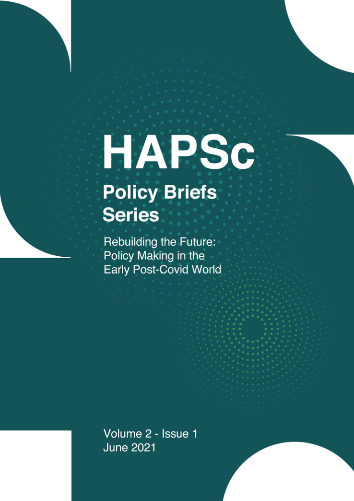Preservation of the ASEAN Regionalism: Responding to the Belt Road Initiative as the New ‘Carrot or Stick’ Policies

Abstract
The increasing China’s geopolitical and economic influence through BRI has impacted the global development landscape. The rising implementation of BRI in Eurasia, Africa, and Asia-Pacific has surrounded Europe and its Western counterparts into a new durability test against their regionalism. ASEAN as the unique strategic region in the emerging Asia Pacific is now being challenged with the presence of BRI and how can it impact the regional political and cooperation architecture. The carrot or stick approach that has been used by many scholars to perceive western Marshall Plan seemed to be reignited reflecting from China’s trade war with Australia and the other countries. This article discusses the way ASEAN could navigate its regionalism amid the rising China’s influence in post-RCEP adoption. Learning from Africa, ASEAN should be able to preserve its way and institutionalization of its regime in order to last amid the increased China’s political economy influence in Southeast Asia through BRI. The implementation of BRI has also been impacting ASEAN efforts on South China Sea and Myanmar Crisis, which will open the question on how to play ASEAN way into its best role in Asia Pacific as the rising power.
Article Details
- How to Cite
-
Jose, H. S. (2021). Preservation of the ASEAN Regionalism: Responding to the Belt Road Initiative as the New ‘Carrot or Stick’ Policies. HAPSc Policy Briefs Series, 2(1), 143–150. https://doi.org/10.12681/hapscpbs.27670
- Section
- Articles

This work is licensed under a Creative Commons Attribution 4.0 International License.
Authors retain copyright and grant the journal right of first publication with the work simultaneously licensed under a Creative Commons Attribution License that allows others to share the work with an acknowledgement of the work's authorship and initial publication in this journal.

